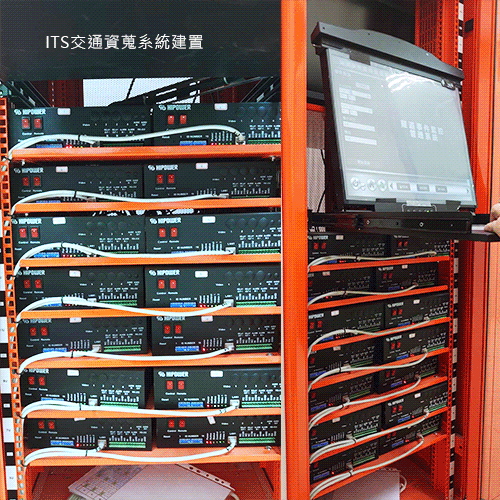Solution

Hipower Solution
Intelligent Transportation Data Collection (ITS)
ITS traffic data collection has solved the laborious and time-consuming task of manually calculating traffic flow in the past. It aims to achieve the goals of smoother road conditions and reduced accidents through intelligent traffic diagnosis. By utilizing intelligent transportation systems, the system automatically tracks vehicles, identifies vehicle types, predicts trajectories, and transforms the data into useful information.
Through image recognition technology, it's possible to identify vehicles, pedestrians, and other traffic elements in traffic images.
This information holds significant value in applications related to traffic monitoring, traffic management, and traffic safety.
ITS_Intelligent Transportation Data Collection
Application Areas
Enhancing traffic safety and improving traffic efficiency in various scenarios
Traffic Flow Monitoring
Violation Detection
Intersection Safety Monitoring
Area Road Surveillance
ITS-Intelligent Transportation Data Collection Video
Enhancing traffic safety, optimizing traffic operations, improving traffic efficiency, and reducing environmental impact.
Benefits
Enhancing Traffic Safety
Reducing Regional Traffic Congestion
Providing Real-time Information and Services
Enhancing Traffic Management Efficiency
Assisting Traffic Planning and Decision-making
Traffic Accident Analysis and Investigation
ITS Traffic Data Collection
Application Actual Cases

Intersection Data Collection

ITS Traffic Data Collection System Deployment

IoT Smart Device Poles - Solving Urban Issues
Intersection Traffic Flow Data Display

ITS Traffic Data Collection System Implementation
Thermal Imaging - Lane (Noon)
Thermal Imaging - Lane (Night)
Data Collection and Monitoring Center